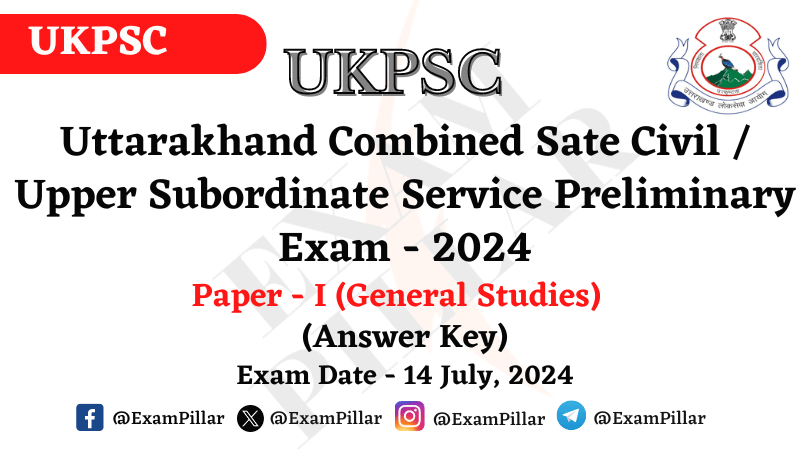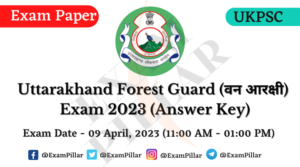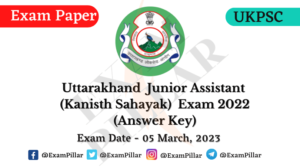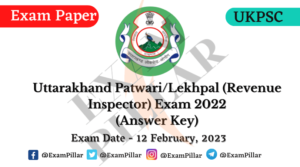71. Consider a tightly wound 100 turn coil of radius 10 cm, carrying a current of 1A. What will be the magnitude of the magnetic field at the centre of the coil?
(d) 6.82 x 10-2 T
(a) 6.28 × 10-4 T
(b) 6.28 × 10-3 T
(c) 2.68 x 10-2 T
Click To Show Answer/Hide
72. Two slits are made one millimetre apart and the screen is placed one metre away. What is the fringe separation when blue-green light of wavelength 500 nm is used?
(a) 0.5 m
(b) 0.5 mm
(c) 50 mm
(d) 50 m
Click To Show Answer/Hide
73. What will be the de Broglie wavelength of a ball of mass 0.12 kg moving with a speed of 20 ms-1 ?
(a) 6.63 × 10-30 m
(b) 6.63 x 10-34 m
(c) 2.76 x 10-30 m
(d) 2.76 x 10-34 m
Click To Show Answer/Hide
74. Food cans are coated with Tin instead of Zinc, because
(a) Zinc is expensive than Tin.
(b) The melting point of Zinc is higher than Tin.
(c) Zinc is more reactive than Tin.
(d) Zinc is less reactive than Tin.
Click To Show Answer/Hide
75. As per census 2011, which of the following district of Uttarakhand had lowest female literacy rate?
(a) Haridwar
(b) Udhamsingh Nagar
(c) Uttarkashi
(d) Tehri Garhwal
Click To Show Answer/Hide
76. Which one of the following is the highest reactive metal ?
(a) Sodium
(b) Potassium
(c) Calcium
(d) Iron
Click To Show Answer/Hide
77. The Geographical regions which are particularly rich in endemic, rare and threatened species, found relatively in small areas and facing significant habitat loss are referred to as
(a) Red spots
(d) Wet spots
(c) Hot spots
(b) Glow spots
Click To Show Answer/Hide
78. Organisms which grow best in the temperature range of 0-15 °C are referred to as:
(a) Thermophiles
(b) Psychrophiles
(c) Hydrophiles
(d) Mesophiles
Click To Show Answer/Hide
79. Which Constitutional Amendment Act relates to the protection and improvement of environment and safeguarding of forests and wildlife?
(a) 1972
(b) 1974
(c) 1976
(d) 1978
Click To Show Answer/Hide
80. Which of the following helps some hydrophytes to thrive in wetlands and marshes where water level fluctuates time to time?
(a) Rhizomatous roots
(b) Submergent roots
(c) Aerenchyma tissue
(d) Rhizophores
Click To Show Answer/Hide








